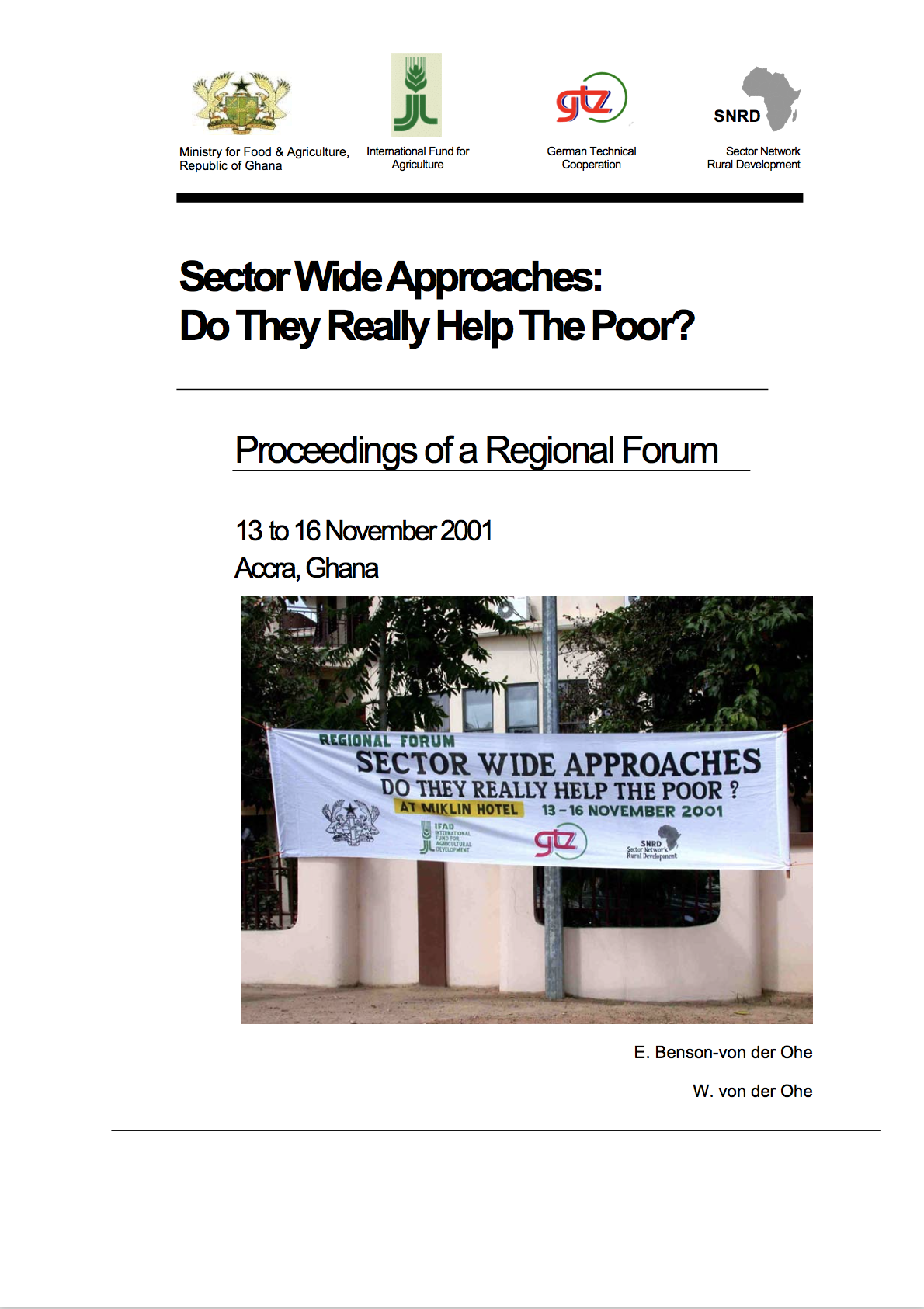Sector wide approaches: Do they really help the poor?
Africa suffers from an extremely high incidence of poverty. When the World Bank and the International Monetary Fund started the debt relief initiative, which is commonly known as ‘Heavily Indebted Poor Country’ (HIPC) initiative, the reduction of poverty became the main focus of development programs. Since clear strategies to fight poverty became conditionality for debt relief under HIPC, many African countries started to prepare Poverty Reduction Strategy Papers (PRSP). Up to now, 35 Interim PRSPs have been developed, of which 20 are in African countries, and four “full“ PRSPs have been drafted and are being prepared for implementation.
Africa suffers from an extremely high incidence of poverty. When the World Bank and the International Monetary Fund started the debt relief initiative, which is commonly known as ‘Heavily Indebted Poor Country’ (HIPC) initiative, the reduction of poverty became the main focus of development programs. Since clear strategies to fight poverty became conditionality for debt relief under HIPC, many African countries started to prepare Poverty Reduction Strategy Papers (PRSP). Up to now, 35 Interim PRSPs have been developed, of which 20 are in African countries, and four “full“ PRSPs have been drafted and are being prepared for implementation.
Key Issues the Forum aimed to address:


